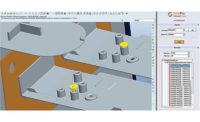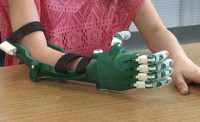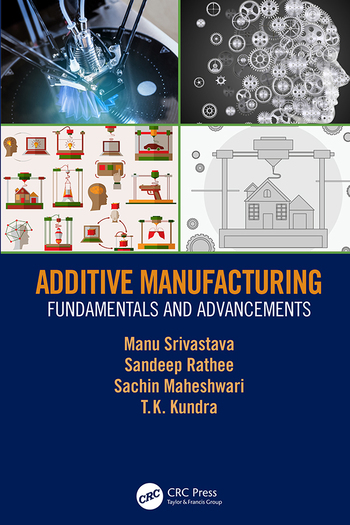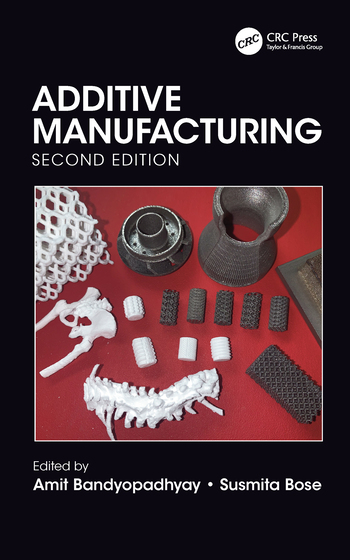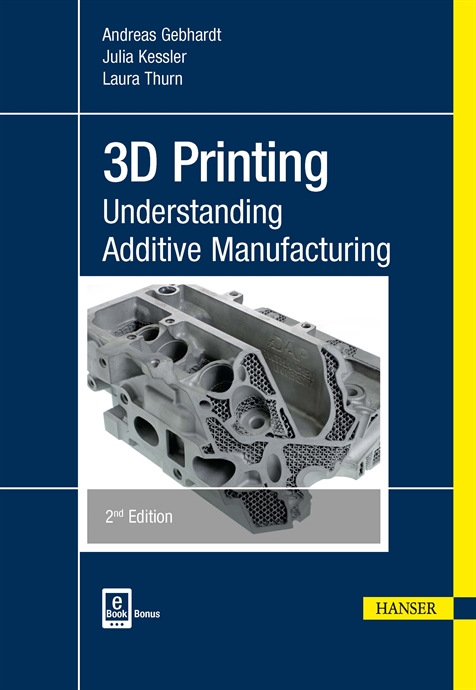The history of additive manufacturing (AM) dates back almost 35 years. It proved to be a disruptive technology across many industrial sectors, and it continues to evolve and disrupt to this day.
In the beginning, AM was universally referred to as “rapid prototyping.” This was because it was viewed as a technology that allowed design engineers and manufacturers to easily, quickly and cheaply produce physical prototypes of their new parts or products.
It is also pertinent to remember that back in the 1980s, digital design was also still relatively new. Indeed, it was progress with 3D CAD that went some way to facilitating AM itself. Product development—including design—is an iterative process, and getting a product from idea to manufacture involves a great many steps, often in a linear or circular way. This includes going through numerous iterations of a product to optimize it, factoring in market research feedback and manufacturability. Designing for the manufacturing process of choice has always been a thing.
When AM really broke through as a means of rapid prototyping in the 1990s, it offered companies a viable and economically attractive way of producing multiple design iterations to optimize the final product without extending lead times and often shortening them. It’s also vital to note that rapid prototyping and 3D printing— then and now—are used as umbrella terms for a number of different AM processes.
There are at least seven additive manufacturing processes.
The first commercially viable AM technology was stereolithography, a vat polymerization process introduced by 3D Systems Inc. This was closely followed by two more: the selective laser sintering (SLS) process, originally developed at the University of Texas and commercially licensed by DTM Corp, and the fused deposition modeling (FDM) process developed and commercialized by Stratasys Inc. SLS now falls under a broader category of AM processes known as powder bed fusion (PBF), while FDM comes under a broader category known as material extrusion processes. The other four additive manufacturing processes that are now firmly established are material jetting, binder jetting, directed energy deposition and sheet lamination.
The major reason why AM took hold is that it enabled a concurrent or simultaneous engineering approach that eliminated the linear or circular “over-the-wall” silo culture of product development and drastically reduced development costs and time to market. Today, prototypes remain a universally accepted and dominant application of AM technologies.
The thing to note here, though, is that 3D printing offered a way of improving the product development process—it did not affect the nature or methodology of the design itself. It essentially embedded itself as a useful tool for improving the development process (including improving the design through iterative feedback) for existing, traditional manufacturing processes.
Throughout the 90s, early adopters of AM technologies began including tooling managers in the product development process much earlier—sometimes just days into the product life cycle rather than the traditional weeks or months it would usually take. As a result, they could provide valuable input that helped avoid costly mistakes and sped up time to market. Further evolution saw tooling itself become a key application of AM. The technology provided a highly cost-efficient way of producing tooling for low and medium volume production. Tooling remains a viable application of AM technologies today.
As time moved on, AM evolved into a true production technology. With this shift, the ability for AM to continue its “disruptive” role has redoubled. Now, AM can complement or even replace traditional manufacturing processes. The development of more robust, accurate, speedy, repeatable and cost-efficient machines—especially with PBF processes—has reinforced the importance of industrial AM as a true production technology. Today, opportunities exist for the intelligent and judicious use of AM for serial production.
However, this shift also means that engineers who are developing products to be made with AM will need to alter their approach to design. Engineers have always designed their parts and products for specific manufacturing processes, whether it be injection molding, casting or machining. It’s no different with AM; the design rules are just different.
In part 2 of this series, we will look at just how different design for AM is from traditional design for manufacturing approaches, the opportunities this brings in terms of product innovation and functionality, and the ability to optimize products in a way that reduces weight and material usage.
For more information, visit www.3dprint-uk.co.uk.




